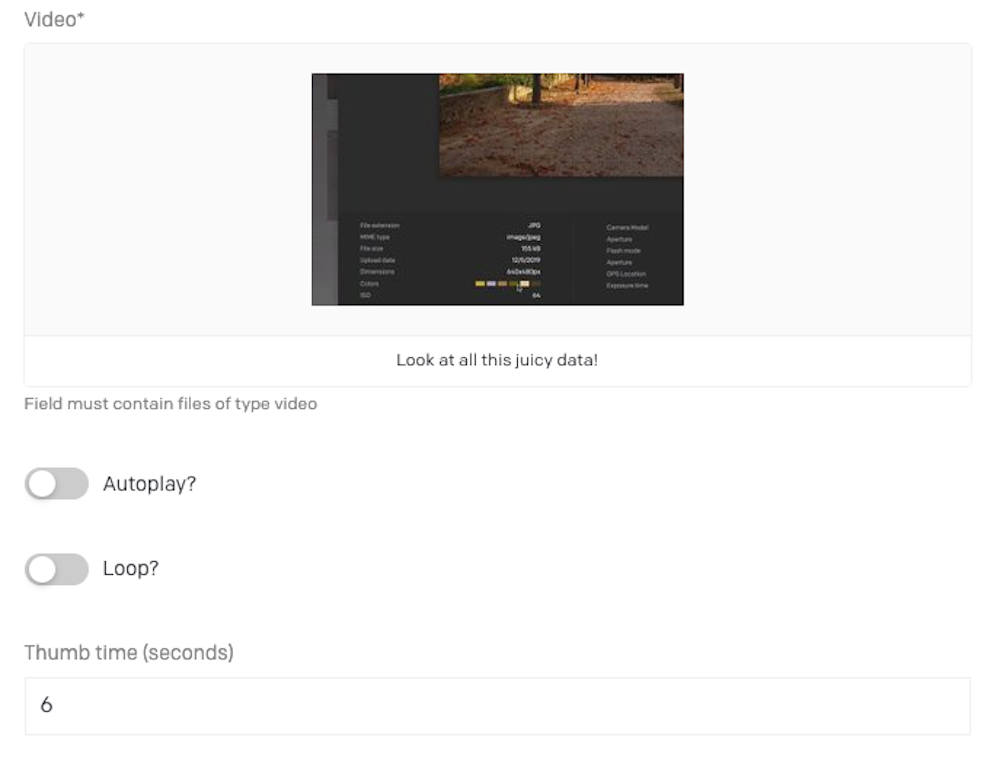Videos continue to be one of the most effective elements in online communication and marketing – and things will likely not change in 2020.
We are all in love with videos and find them more memorable than any other type of content currently available. That's why videos are still the best tool for storytelling and an excellent engagement and conversion driver.
Just take a look at these numbers:
6 out of 10 people would rather watch online videos than television. (Google)
Mobile video consumption rises by 100% every year. (Insivia)
By 2022, online videos will make up more than 82% of all consumer internet traffic — 15 times higher than it was in 2017. (Cisco)
78% of people watch online videos every week, and 55% view online videos every day. (HubSpot)
This is the reason why it was essential for us to find a technological partner that would help us offer our creators the best possible tool for live video streaming. After carefully evaluating all the vendors, we decided to collaborate with Mux, the leading API-first video infrastructure company, to offer you the fastest and most advanced cloud encoding platform for streaming video on demand.
There are many reasons why we have chosen to become partners of Mux, so let's have a look at some of them.
HLS ABR streaming ready
The HLS live streaming protocol is one of the most widely used in the market, and its open nature is a good match with our microservices architecture approach. We were interested in giving every viewer the chance to always download the right file size for their device and their connection speed.
For those unfamiliar with how it works, Adaptive Bitrate Streaming (ABR) is a method of streaming video via HTTP, with the source content encoded in multiple bitrates from the get-go. Each version is then segmented into small parts a few seconds long, generally between two and ten.
At the start of the streaming, the client typically calls segments with the lowest bitrate; if the client finds out that the network connection can process a higher bitrate than the first segment, it selected a higher quality one. It also works the other way around.
An ABR algorithm in the client performs precisely the critical function of deciding which bitrate segments to download, based on the current state of the network.
To also support legacy browsers that can't use HLS, you can feed your front-end with high, medium, and low quality MP4 video feeds.
Compatible with all codecs today, tomorrow, and forever
Thanks to Mux, DatoCMS can ingest almost all available codecs, including those for broadcast and professional applications (such as H.264, H.265, VP9, and Apple ProRes).
Being a cloud solution, Mux ensures that your video assets are future-proof: when needed, it updates the codecs and renditions without additional costs or fees.
An easy to use API
We were impressed by the power, thoroughness, and ease of use of the Mux API. The integration was simple, and the solution flexible enough to cover even for the most sophisticated live streaming use cases.
Perfectly integrated with DatoCMS
The API is so good it's functionally invisible during editorial work.
Adding a video from the media area or straight from a record is as simple as dragging and dropping the file in your browser window.
Videos enjoy all the features of the new Media Area, including advanced extraction of asset information (dominant colors, progressive thumbnail previews, etc.) and custom filters.
Furthermore, both videos and audio files can be previewed directly from the media area.
Thanks to the modular blocks, we can add editable parameters.

For our blog, we put a boolean for autoplay and loop, and also a thumbnail selector, but the possibilities are endless.

Speaking of thumbnails, with Mux you can crop, resize and insert them into your front-end in JPEG, PNG and GIF format.
Perfect price
Mux already has a competitive price that scales wonderfully as your project grows. We decided to take an extra step and include several minutes of encoding and streaming free of charge on DatoCMS’ Advanced and Ultimate plans.
If you exceed any of your video streaming limits (for example, file storage), there will be no service interruption, and we will charge you for the difference at the end of the month. You can read more about it on the price page.
Try it now!
The possibilities with Mux are endless, so we plan to go into more detail about some tricks and tips to create vibrant, video-enhanced multi-channel experiences. In the meantime, let us know your thoughts on this! If you'd like to share feedback, ask questions, or just say hi, you can reach out to us over our Community, Twitter, Slack and of course Support.
